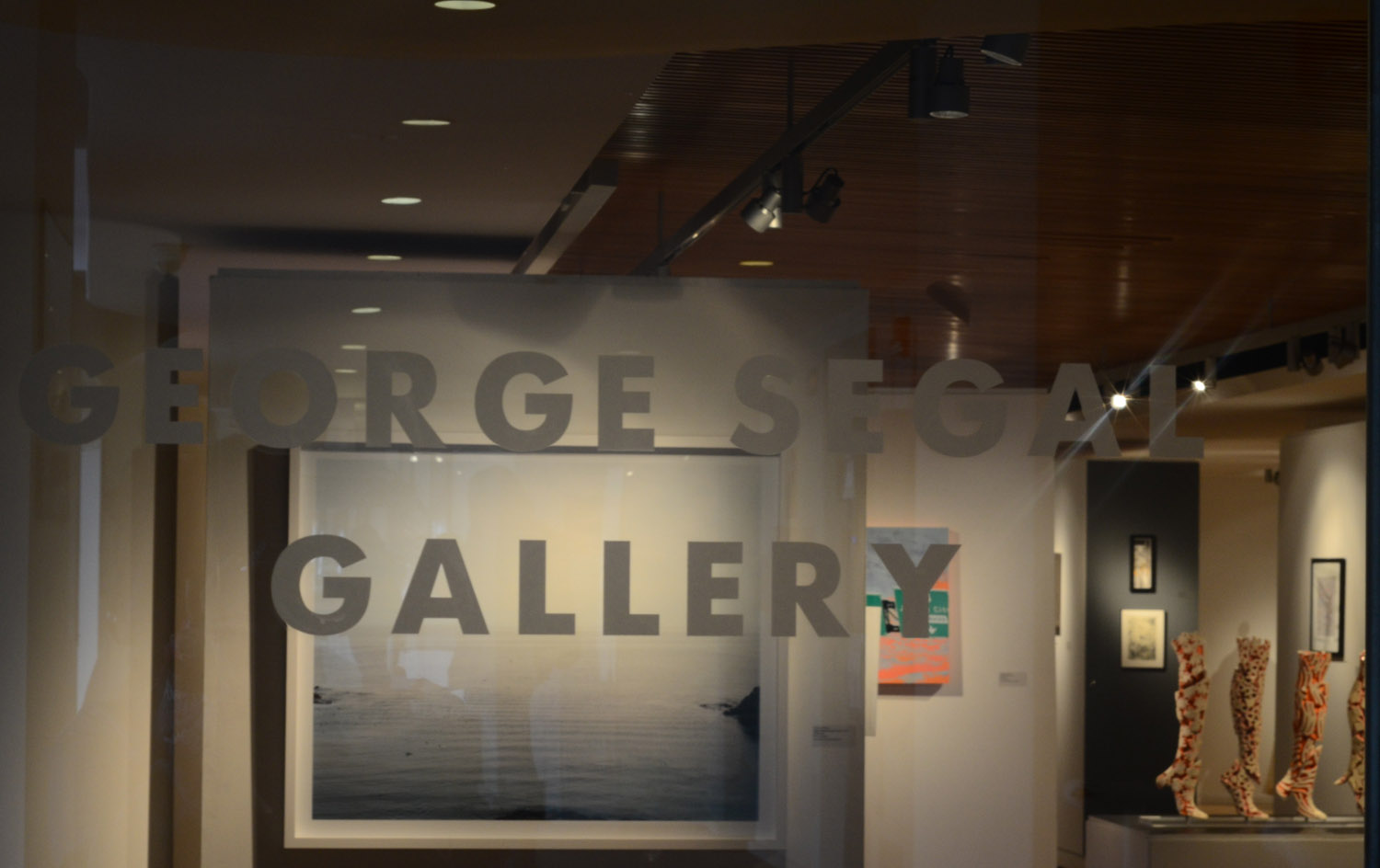
The juried 2015 Faculty Exhibition evoked disapproval from faculty.
Photo Credit: Niyani Lingham-Green
The George Segal Gallery will host the Faculty Exhibition 2015 to showcase professors’ artwork from Nov. 12 to Dec. 12. However, some professors at Montclair State opted not to participate in the event because of its original plan to be juried.
The Faculty Exhibition 2015, in collaboration with the Art and Design Department and the George Segal Gallery, exhibits artwork from art professors at Montclair State and includes the mediums of sculpting, photography, painting and metalwork.
According to Klaus Schnitzer, director of the Photography program, the faculty show was originally juried, but only in mid-October was there a change in the program making it curated.
However, had the show originally been curated, more faculty members from the department would have submitted their work to the exhibit.
“I’m upset now that it’s curated,” said Schnitzer. “I would have submitted some work and so would have some of my colleagues.”
At a faculty jury show, professors are inclined to submit their best works for a juror to evaluate and decide which of the applicants’ art pieces will be presented at the exhibition. However, Owen Oertling, a part-time employee and adjunct professor who teaches sculpture courses at Montclair State, gave the best description as to why juried shows are problematic.
“If a professor is not making quality work, the students have the right to see that. A jury show takes away from the students [the ability] to see what kind of work each professor is making,” said Oertling.
During a faculty meeting last May, the Faculty Exhibition 2015 was proposed as a jury show with application deadlines of late August to early September, which led most professors not to participate in the exhibit as a form of solidarity.
To Schnitzer, having a juror decide what is the best artwork from an applicant feels inauthentic. “I was going to submit an installation piece, but I wasn’t going to participate in a jury show. It’s censorship,” said Schnitzer. “Are you trying to keep controversial work out?”
Dr. Robert Browning, Metalwork and Jewelry Area Coordinator and professor at Montclair State, is another faculty member who opted not to submit any of his art pieces to the faculty show, since it was originally planned to be a juried event. According to Browning, the first faculty show at Montclair State 18 years ago was curated and, since then, faculty exhibitions have been curated. The Faculty Exhibition 2015 would be the first show to propose jury conditions.
Still, Browning highlights the higher ratio of adjunct faculty in comparison to full-time faculty participating in the faculty show. “Of all 34 member participating in the faculty show, only six are regular faculty members,” Browning said. “If you’re an adjunct and you don’t participate, it would be very easy for the higher-ups to decide [that] you really didn’t care enough to participate.”
Oertling was rejected from participating in the faculty show due to a late and rushed submission, but he mentioned how acceptance was also an issue. “If it was not juried, then there would have been nobody rejected,” said Oertling. “From my understanding, it was always juried. It’s just from the last announcement [that] the language was changed to curated.”
As an adjunct faculty member, Oertling described the unintentional concern for adjunct professors to include their artworks in the faculty show. “Because you have no security as an adjunct professor, whether you get hired back has a lot to do with your performance and your ability to teach, but also showing your work at a gallery in school for your colleagues to see,” said Oertling. “If you’re rejected from it, it could reflect poorly on you.”
The George Segal Gallery was also contacted, but in preparation for the Faculty Exhibition 2015, Director M. Teresa Lapid Rodriguez was not able to disclose any information. She was only able to confirm that the show is curated and directed by Dr. John Rasmussen from American University Museum in Washington, D.C.
At other institutions, faculty shows are usually not juried. According to Keith Adams, an associate professor at Rowan University, these exhibitions are intended to present both the good and bad qualities of a professor to show part of their experience. “University galleries are educational spaces that mount exhibitions with students in mind,” said Adams. “This means that students will gain greater understanding and insight into the work of their faculty, the professors’ artistic practice and the challenges they face in creating work.”



